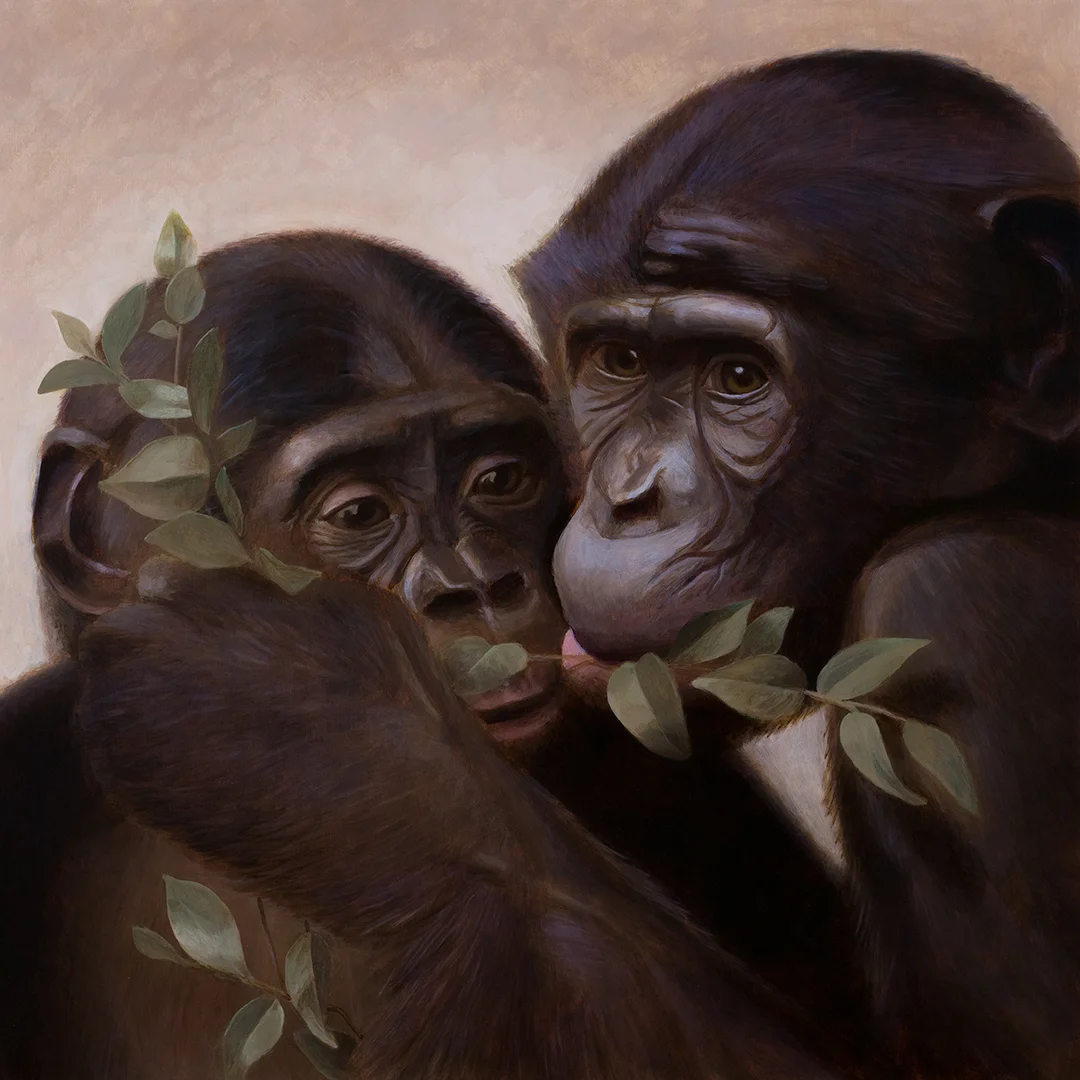Recently, I went to Taiwan. On the 14 hour flight to and from Taipei, I spent a lot of time with EVA Air’s in-flight entertainment. I watched a number of movies, including Monuments Men, BlacKKKlansman, Oceans 8, Alpha, and The Children Act. But the video that I most enjoyed was the BBC TV special, “Can Science Make Me Perfect?”. With a title like that, you might imagine the result would be a bionic or genetically engineered Ubermesch, but the accompanying thumbnail image of Alice Roberts’ strange doppelganger suggested something more along the lines of Frankenstein. Colour me intrigued!
Quick synopsis: Alice Roberts, an anatomist with a reputation for “whinging” about human physiological shortcomings, receives a challenge from London’s Science Museum to produce a life size sculpture of her ideal self in 3 months. To meet the challenge she enlists the aid of sculptors Scott Eaton and Sangeet Prabhaker. In her quest for perfection, Roberts seeks to design a body that won’t suffer from the middle-aged ailments that plague her (and many other humans). The maladies she attempts to address include: back pain, bad knees, heart attacks, choking hazards, child birthing difficulties, varicose veins, skin cancer (she’s a ginger), hearing loss, blind spots, and poor night vision. To keep the design grounded in reality, Roberts draws inspiration and solutions from other animal species. The end result is a chimera that includes parts borrowed from chimpanzees, emus, dogs, kangaroo, cuttlefish and frogs.
The journey proves to be highly educational and along the way Roberts examines the evolutionary paths that have resulted in the modern human form. One comes away with the sense that, far from being the pinnacle of evolution, the human body represents a series of compromises and kludges.
Apart from being educational, the episode is highly entertaining. After two initial meetings with Scott Eaton, the remainder of Roberts’ design choices are conveyed over the phone so that the shape of her ideal self remains a mystery until the final big reveal. I can’t help but imagine Eaton getting off the phone and heaving a big sigh as he’s left to figure out how to incorporate Roberts’ latest suggestion into the sculpture. “A camel is a horse designed by committee” seems appropriate here.
The episode concludes at the Science Museum. Over a hundred curious gawkers show up to see Roberts’ unveiling of her ideal self. At the moment of the reveal there is gasping, laughter and a shriek from Roberts. At this very moment, I’m laughing just thinking about it. I’m tempted to call the final result an abomination (hyperbolically), but perhaps that’s because my mind is a prisoner of evolution. Can Science Make My Mind Perfect? That’s a topic for another episode.
The BBC website includes a comments section for the episode. Disappointingly (but not surprising), I saw a fair number of trollish comments, but I was also pleased to see Roberts’ genial responses. Roberts and the sculptors deserve lots of credit for being good sports and for taking on the enormous challenge of redesigning the human form. From reading Roberts’ blog, it’s clear that she put a lot of thought into composing her wish list for Alice 2.0.
Perhaps I will try a similar exercise in the future, as a way of exploring anatomy and meeting my own hubris and fallibility face-to-face.

